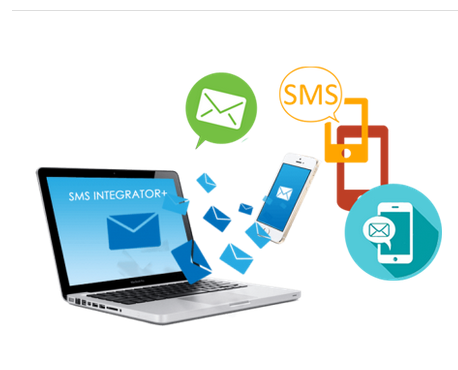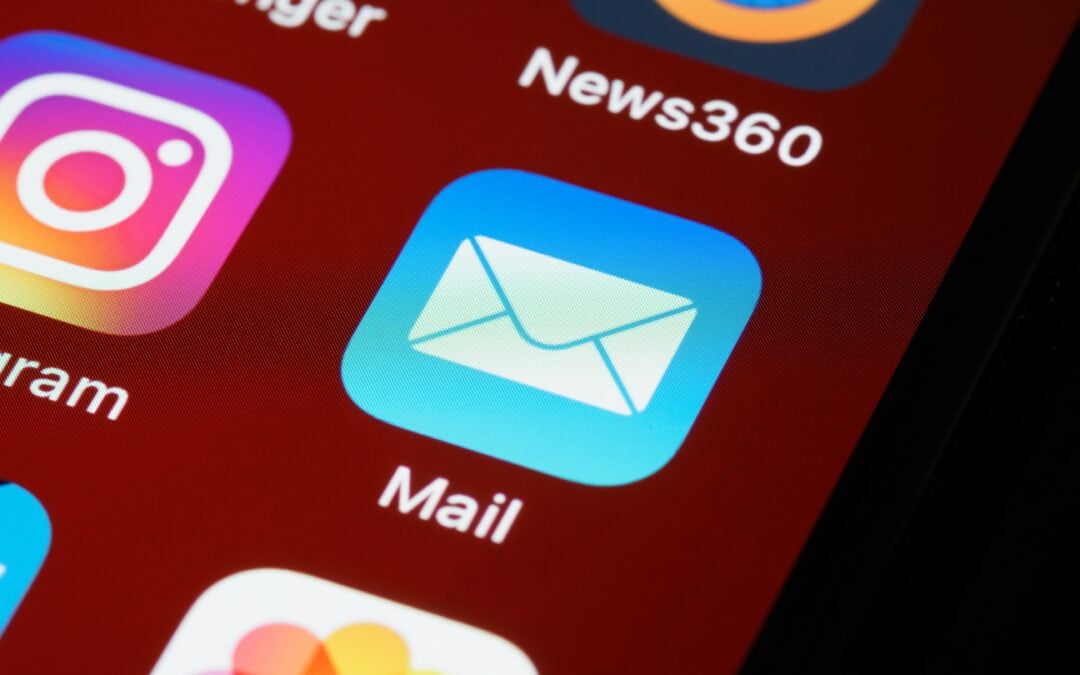One school’s success with texting
Using the right SMS strategy is one of the best ways to get the word out about campus events, news, and initiatives. A wide range of university departments are taking full advantage of text messaging to communicate with and inform their students. Higher education institutions have a wide range of use cases that we’ve seen. Student health and enrichment programs at one university were previously advertised in person or on signs with instructions for opting into communication before using Upland Mobile Messaging. Despite the university’s plans for a digital shift in student communications, including new websites and a blog, the school needed a way to promote its current initiatives to educate students about mental health, violence prevention, and other things right away. So they decided to utilize a text message marketing service.
Non-participation in Mandatory Training:
One college mandated a hazing, alcohol, and sexual assault education program for its Greek community. Students were required to attend this training either once a month or once a semester. Attendance was high, but students tended to simply “show up” rather than actively participate in class discussions by speaking up, answering questions, and fully participating in verbal exchanges. The university was looking for a way to get more students to participate and interact.
The university utilized an SMS service that was used to provide students with an anonymous means of responding to questions during class rather than raising their hands or otherwise drawing attention to themselves. With anonymity, students were much more willing to participate in the discussion. Students’ participation and responses during the class increased by 70%.
Monitoring the Mental Health of Students:
Administrators were aware that students were stressed out as the semester came to an end, but they were unsure of the extent of the problem. They needed a way to reach students and help them manage stress without requiring them to come to the health center during such an intense and busy period. Admins were also looking for a solution that would make it easy for students to answer personal questions anonymously and securely.
Because of how well-received the Greek program had been, the administration began send and receive text messages to every student asking how they were feeling. According to the answers given by students, the pre-selected answers offered advice and instructions on how to deal with specific types of issues. For this reason, students were much more willing to talk openly about what was bothering them, and the university could provide them with an effective support system for coping with stress.
What are the potential benefits of texting for students?
Students are already using texting on a daily basis. That’s how they communicate with everyone they know. Texting is utilized by students to set up dates, study sessions, and check in with their families. The benefit of using an SMS marketing service is that it’s already a tool that everyone uses and is familiar with. Emails almost never get opened or they end up in a spam folder, buried alongside hundreds of others. Additionally, it is inexpensive and simple to get started with SMS when compared with other forms of mass communication.
Here are some more specific examples:
Texting Is a Great Way to Personalize the Student’s Experience
Students’ personal information can be collected with the help of behaviorally intelligent chatbots. Using progressive profiling, colleges and universities can learn more about individual students’ specific characteristics and interests, such as whether a student receives financial aid or supports the school’s sports team. With this information, you can send students text messages tailored to their interests and needs.
Keep Your Students Up-to-Date with Texting
In higher education, there is always a need to relay important information to students. It doesn’t matter if it’s a health and safety alert, a new program announcement, or a financial aid reminder, students need immediate access to the information. We’ve discovered that 35% of student messages arrive after normal business hours. CCAI offers round-the-clock assistance. The use of a chatbot to answer students’ questions in real-time is more efficient and engaging than phone calls or emails.
Texting Is a Great Way to Help Students Plan Their Futures
To keep students on track, you can use texting campaigns to proactively engage with them and offer helpful campus resources.
Every student is unique. They come from different backgrounds and face different obstacles during their college years. Communication with students is the best way to keep tabs on their well-being and ensure that they are receiving the support they need. With your institution’s chatbot, students can ask questions and get answers in a way that works best for them.
Increase Student Enrollment and Retention Through the Use of Text Messaging in Higher Education in the following ways:
Here are a few examples of mass text messages that colleges are sending to their current and potential students. Integration with a CRM or SIS allows you to personalize these notifications by inserting information such as the student’s name, appointment date, and interests.
In-App Notifications: With so many forms to fill out and deadlines to remember, it’s easy for applicants to miss deadlines. Make it easy for students by texting deadline reminders. Include links within the message for easy access and completion.
Campus Tours and Social Media Promotion: The more potential students interact with a school, the more likely they are to apply. You can text them links to register for a campus tour or follow social media accounts. This is also a great way to meet other prospective students and socialize.
Tour Reminders: It takes a lot of time and money to get people interested in your school, so make sure they show up. Constantly reminding prospective students of events can significantly increase attendance and decrease no-show rates. Remember that prospective students may have signed up for multiple campus tours; make them feel welcome and let them know what to do.
Opportunities for Scholarships: Scholarships help spark the interest of students who want to attend college. Make sure prospective students are aware of your university’s financial aid opportunities by sending them a brief text message.
School Announcements: Promote school events, such as sporting events, art fairs, meet-and-greets, and open houses, to foster a sense of belonging among students. Attendance at events can be significantly increased by sending out text message reminders.
Announcement of the School Visit: Students often have the opportunity to meet representatives from colleges and universities at a college fair or some other event. Prospective students should be made aware that your school will be present and that you welcome the opportunity to meet with them and answer any questions they may have in advance. You can also promote any merchandise you may be handing out.
Messages for Marketing: Promote your school’s advantages to those who have expressed an interest in attending by sending them a text message. Enable potential students to learn more by responding to the message, and keep your message short and to the point.
Text Messaging is a two-way Conversation
One of the reasons that an SMS marketing strategy is so effective is because it allows the person being sent the text message to respond. Opening the lines of communication for students is huge. It makes the student feel as if they’re being heard and their questions are being answered.
Conclusion
Since texting has proven to be so useful in the educational setting, many campuses are making the switch from other means of communication to texting. It’s a direct and immediate communication tool that can also return useful and important data and insights about students. For today’s mobile-centric students, texting is the most efficient and convenient method of communication. This article provides a few examples of how colleges and universities are using texting prospective students to increase interest, boost enrollment, and improve the overall experience of each student.
Contact us at Cloud Contact AI today to get more information on our SMS marketing services.

How SMS Can Help Sports Teams
Even with as confined as life is nowadays, sports are incredibly popular, whether it be rugby or soccer – especially in an in-door environment. Communication is still important for making sure all players are informed about training, events, and motivation. On its own, this is a time-consuming and confusing process, but can be streamlined. SMS providers can provide various tools for reaching team members and fans alike with messages in a way that will consistently grab their attention and inform them in a timely manner compared to other forms of marketing.

How Texting Helped Get This Sports Facility Back in The Game
Communication is one of the most vital aspects of any business. See how one sports facility company stepped their game up with text messaging and increased revenue by 44% year over year (YOY).

Political Campaign Texting Guide
Incorporating text messaging into today’s political campaign efforts is proving to be an incredibly effective factor amidst today’s tight political races.

Zipwhip Shutting Down One Year After Acquisition by Twilio in $850M Deal
Zipwhip releases it’s Software End of Life Resource Guide, as the recently acquired company lays out its plans to sunset it’s services and close it’s doors.

Top 5 SMS Integration Tools
Keeping in touch with the customer base through SMS messaging is one of the best marketing methods presently within the current market. That said, this is a monumental task to accomplish and is highly unfeasible to have just one person or a team to manage outgoing and incoming SMS for a company. Which is why there is a market for SMS integration tools to better reach out to people and connect them to the business.

Holiday SMS Marketing Ideas
As we approach the holidays, shoppers are using their phones to purchase gifts for their loved ones as well as themselves at an all time high. Here are a few ways to reach your audience with an SMS campaign on their phones, with a cheerful holiday splash.

Avoiding the Spam Folder: Rotating Domain Names
When sending email campaigns, avoiding the spam folder is one of the most important things a marketer can look out for. In this article we’ll cover a quick and easy tip for you to try the next time your emails wind up in spam!

Email Marketing Trends and Strategies
Take a look at some of the most recent email marketing trends and discover what they can do for you. We will cover several trends as well as a few tips in this article, so let’s dive right in.

Improve your Email Deliverability by Checking your Email Deliverablity Score
Emails are no longer delivered to the Inbox by default. You System Administrator needs to configure your email domain correctly to ensure Email Deliverability.

Current and Developing SMS Marketing Trends
Marketing through SMS channels continues to be a growing component of the industry. Compared to the likes of social media and email marketing, barely 40% of businesses incorporate some form of SMS marketing into their advertising media, but the number is steadily increasing. As of 2020, some 60% of businesses have increased funding towards SMS marketing and more companies have sought to pick it up or maintain usage in a post-pandemic world. Here are some more reasons why making that jump to SMS marketing is more important than before.
